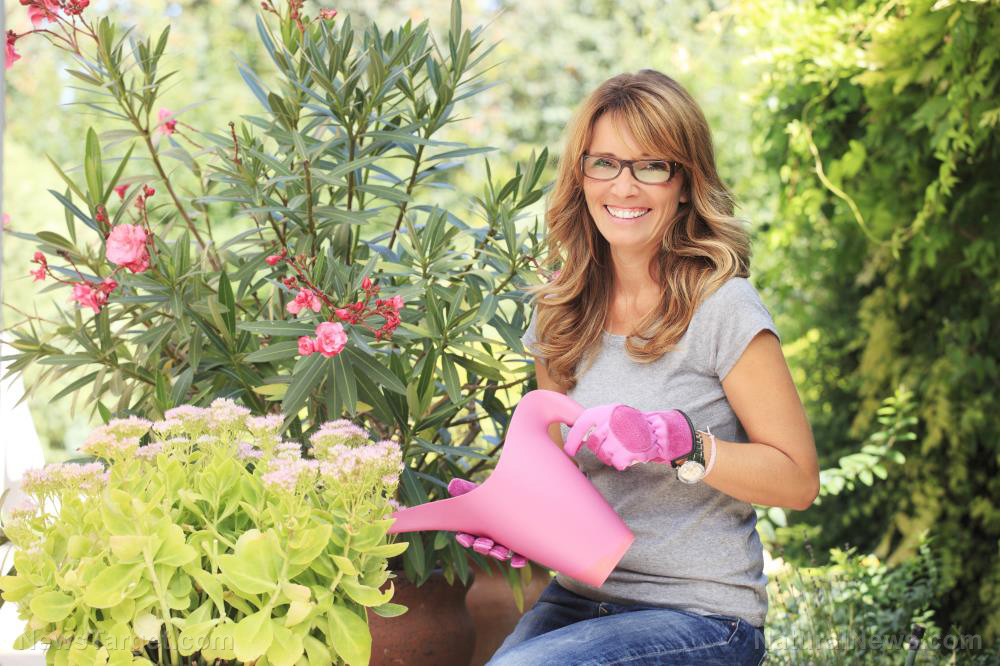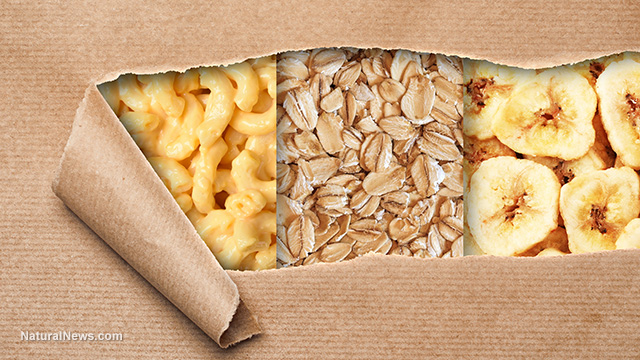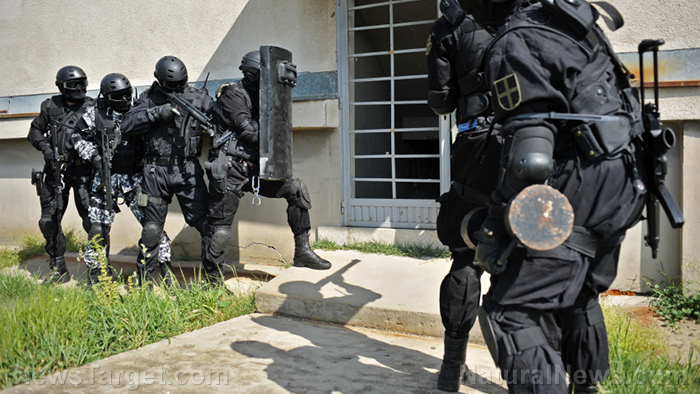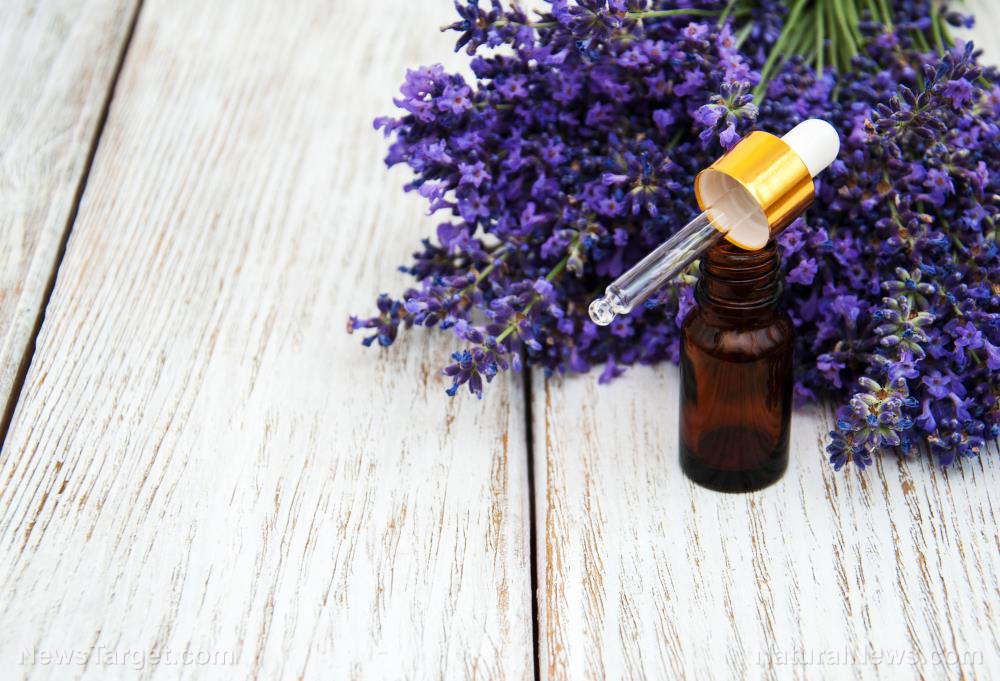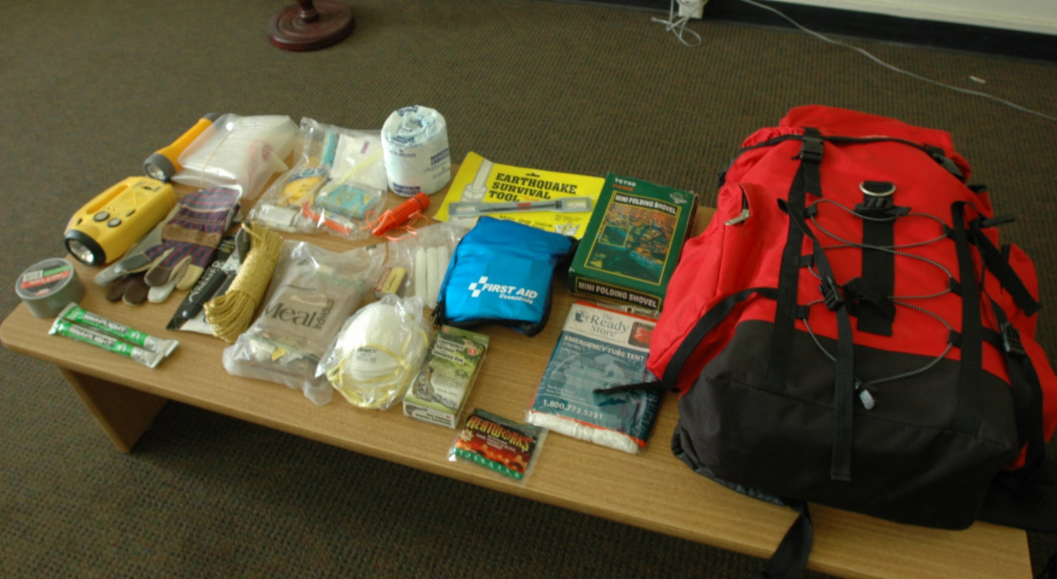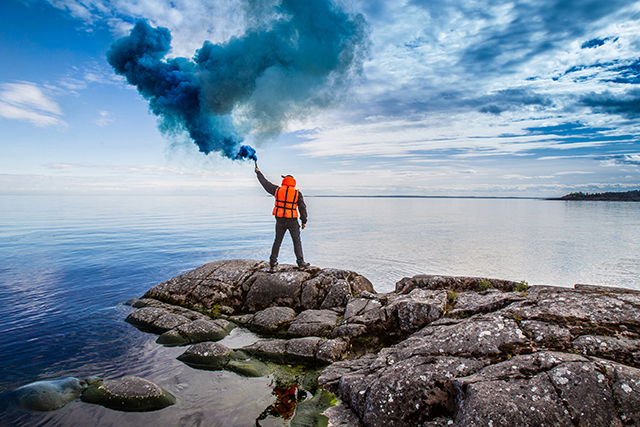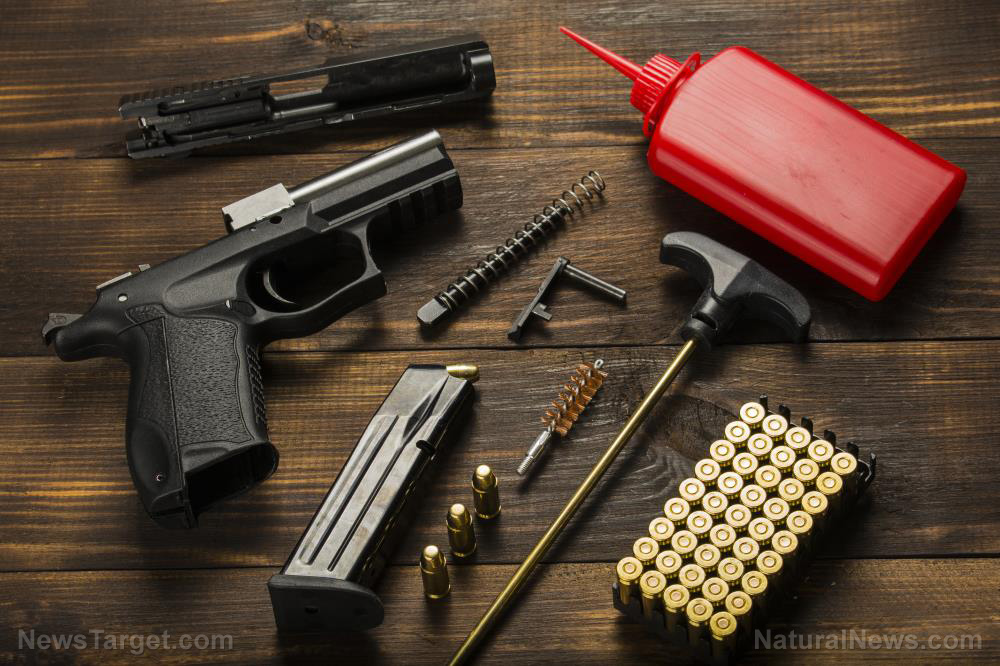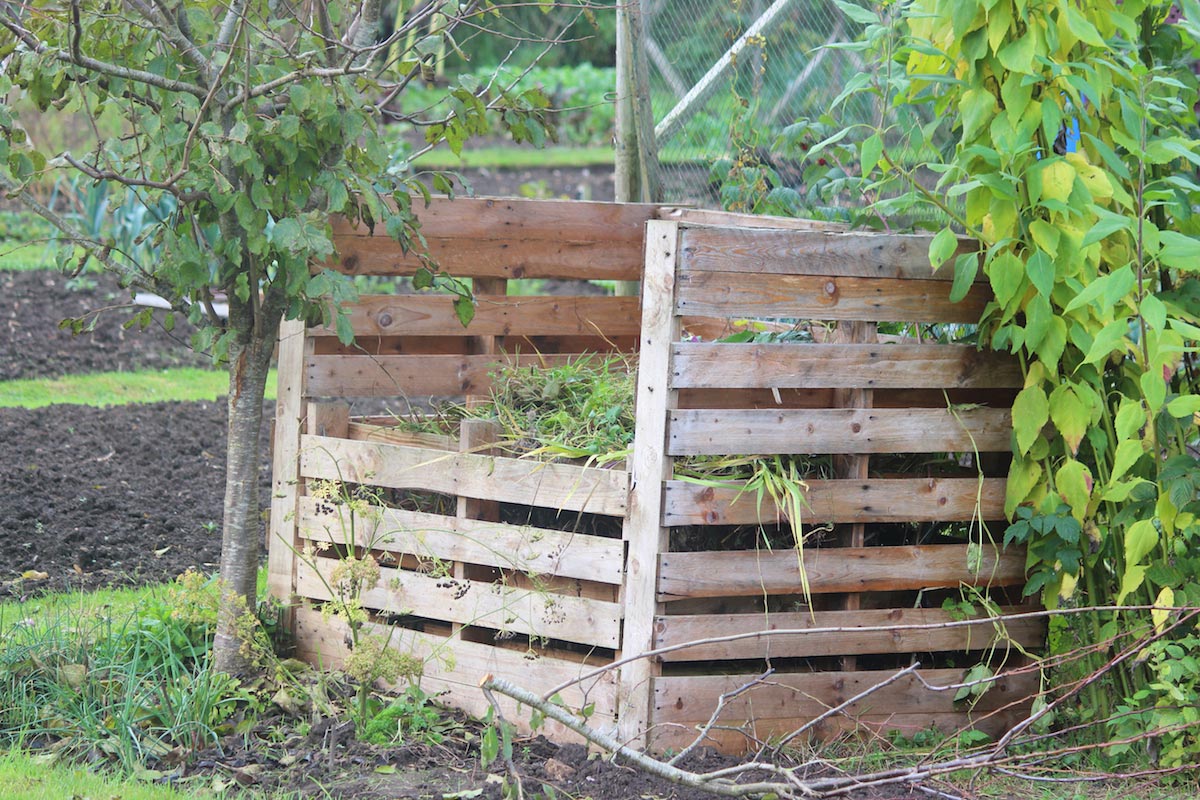For the seasoned prepper: Creative ways to use a PVC pipe
02/27/2019 / By Zoey Sky

Polyvinyl chloride (PVC) pipes are often used for drainage, flooring, or plumbing. But did you know that you can also use these sturdy materials for different prepping projects? (h/t to ReadyNutrition.com)
PVC pipe safety tips
Preppers aren’t just ready for disasters and societal collapse. They’re also creative, and they can make something out of almost anything, such as PVC pipes.
PVC pipes are a versatile material to have because they are available in either rigid or flexible forms. The material can maintain its structural integrity when exposed to temperatures from at least 212-500 F.
To be on the safe side, take note of the product number, make, and model of your PVC pipe. Contact the manufacturer directly to find out the exact temperature range and rating of the pipes that you have. (Related: Skills assessment: What you really need to know in case SHTF.)
PVC can also withstand different liquids and chemicals like:
- Acids
- Alcohol
- Salt
- Strong bases (e.g. alkaline bases like fertilizer)
- Liquid fats
- Other strong solvents
This is the main reason why PVC is used in plumbing for sewage and outflow transport for other noxious wastes and chemicals.
PVC pipe projects for preppers
Before you start one of the projects listed below, compare different types of pipes from your local hardware store. Once you settle on a PVC pipe that suits your needs, experiment with these DIY prepping projects.
Cache tubes
To make cache tubes you’ll need a PVC pipe, particularly the type called unplasticized PVC (uPVC). uPVC resists solvents and material like alkaline substances found in the soil and salts. If you need bigger PVC pipes, buy them from a pipe or plumbing warehouse that specializes in large-diameter pipes.
Depending on the size of the pipes that you have, you can hide a cache of various gear and supplies like:
- A change of clothing
- Cordage
- Duct tape
- Firearms
- Fishing gear
- Freeze-dried foods or MREs
- Survival knives
- Water filter straws
The only limit here is your imagination. You can use cache tubes to hide supplies from looters who might target your neighborhood when SHTF.
If you’re stashing items with moving parts in cache tubes, make sure they are properly coated with grease or oil, then store them properly so they don’t get damaged. Get “pop-on” end caps that you can place on the ends of pipe sections that you cut. These end caps can be secured even if you don’t have any threading.
Depending on your location, you may need to learn and remember your frost-line so you can get to your cache tubes even during winter.
Protective tubing
Use PVC pipes with end-caps if you need protective tubing for survival gear like fishing rods, long poles for chimney brushes, or tent-frame poles. PVC is sturdy and weather-resistant so it can protect your gear. It’s also light enough to carry without slowing you down.
Water transport
Load eight-foot pipes, like the ones used for plumbing with funnel-shaped ends so they can be attached together, to make a small sluice that can channel water to your camp. Water transport made from PVC pipes can be used to fill up water cans or even a small cistern.
Create a DIY cistern by digging a pond-shaped depression, then line it with material like pond liner to prevent water loss.
Miscellaneous uses
It doesn’t hurt to have extra PVC pipes at home, especially if you suddenly need to make emergency repairs on existing plumbing when SHTF. You can also use extra PVC pipes for added protection or insulation for outdoor electrical cords, or other equipment.
PVC pipes are affordable and versatile materials that you can use for other prepping projects, so stock up before disaster strikes.
Sources include:
Tagged Under: cache tubes, homesteading, multipurpose tools, off grid, preparedness, prepper, prepping, protective tubing, PVC pipes, self-reliance, SHTF, survival, survival gear, survival tools, sustainable living, water transport

